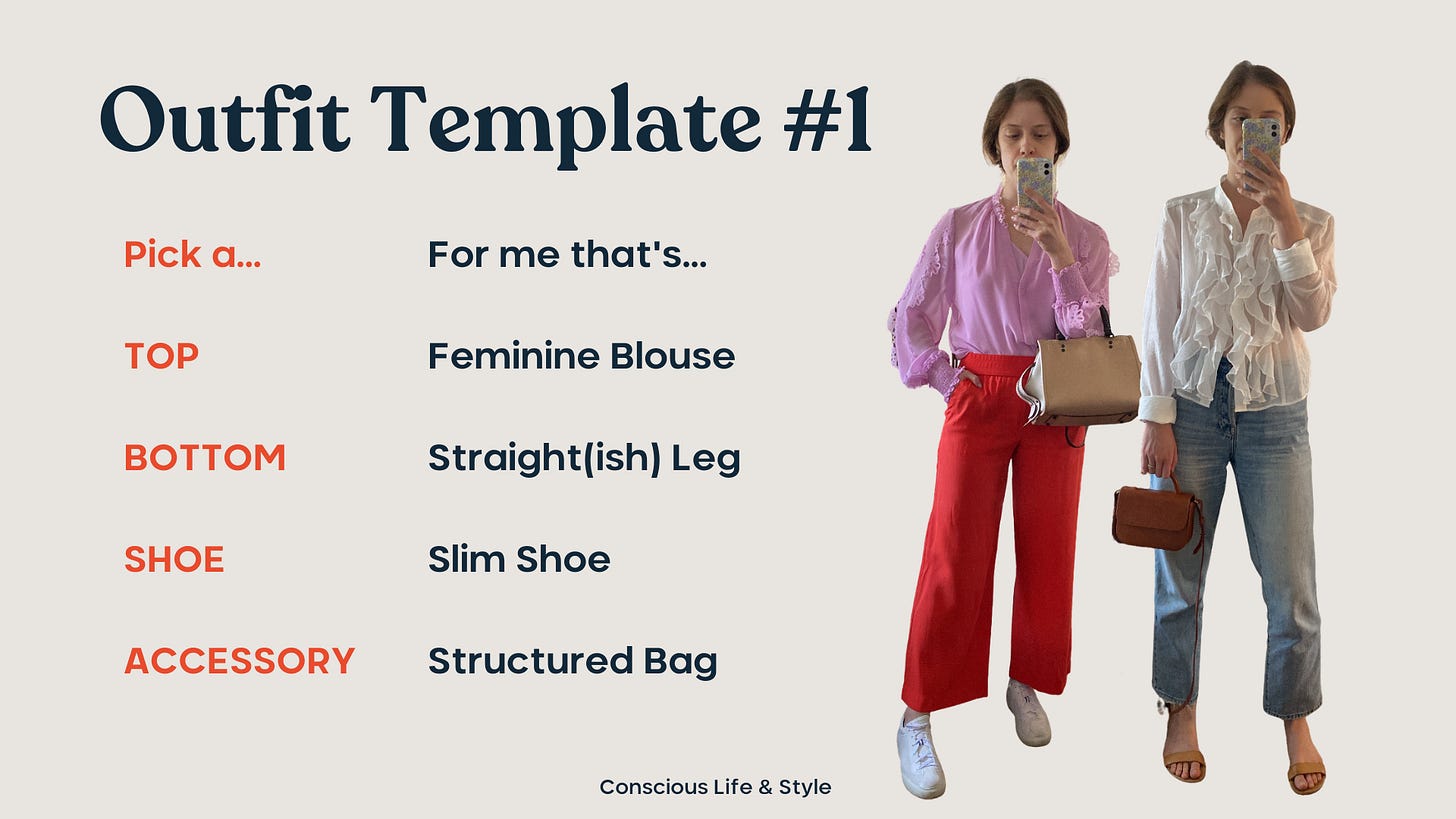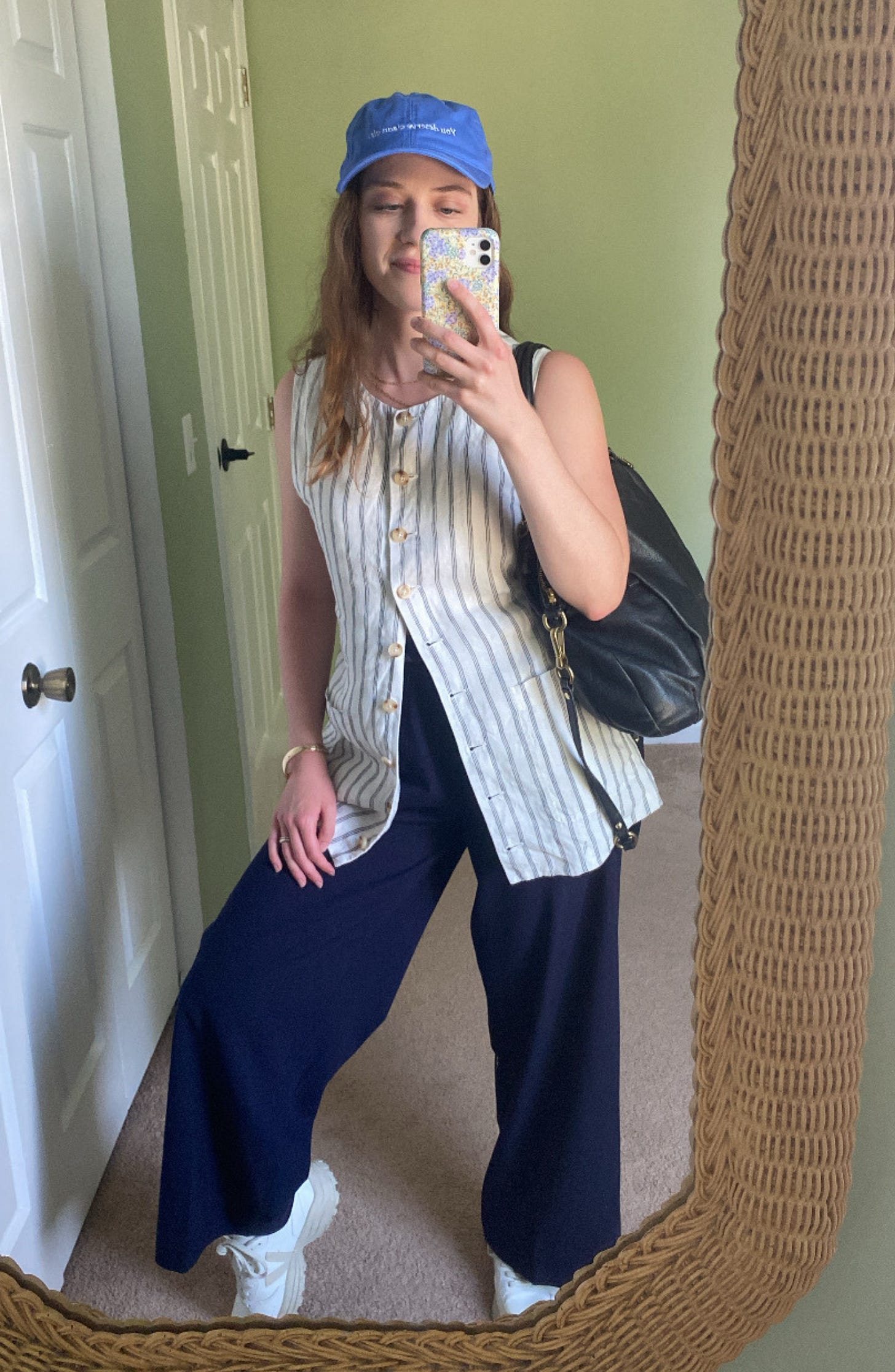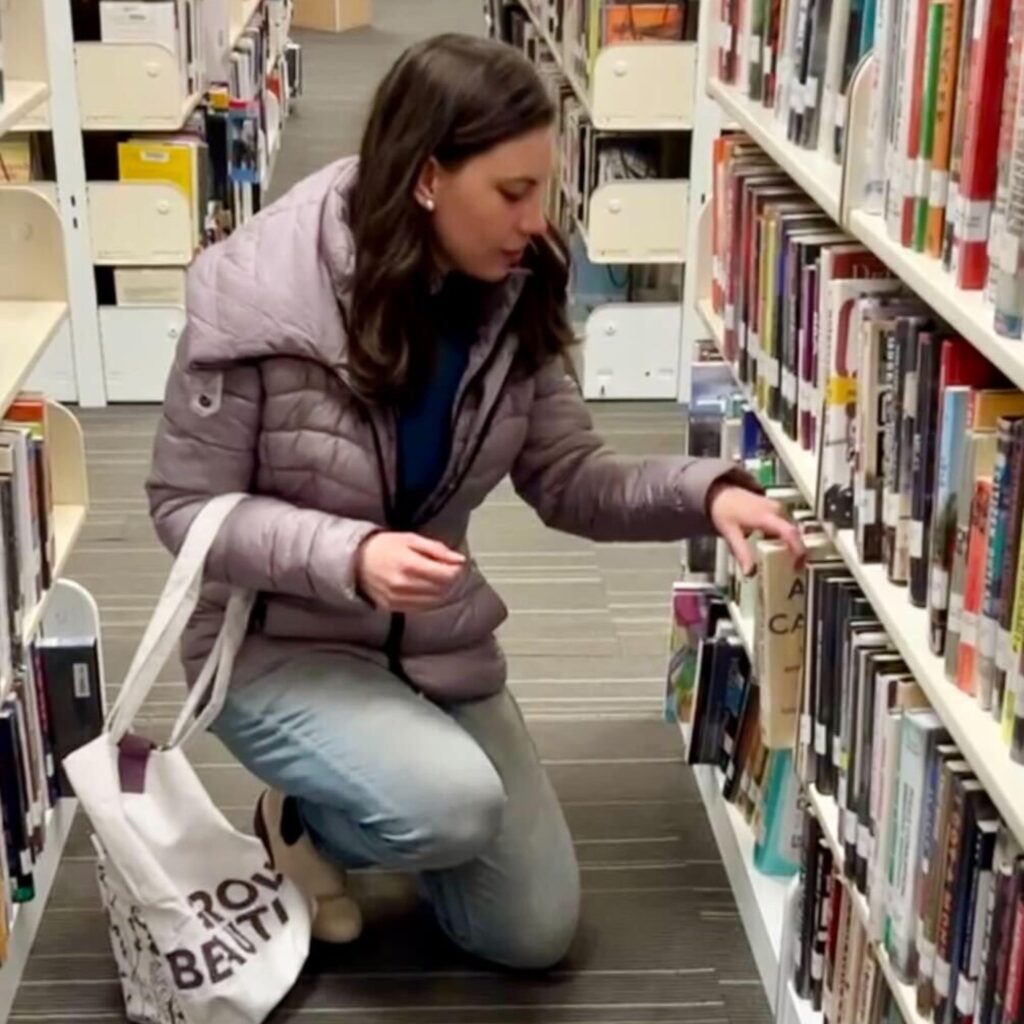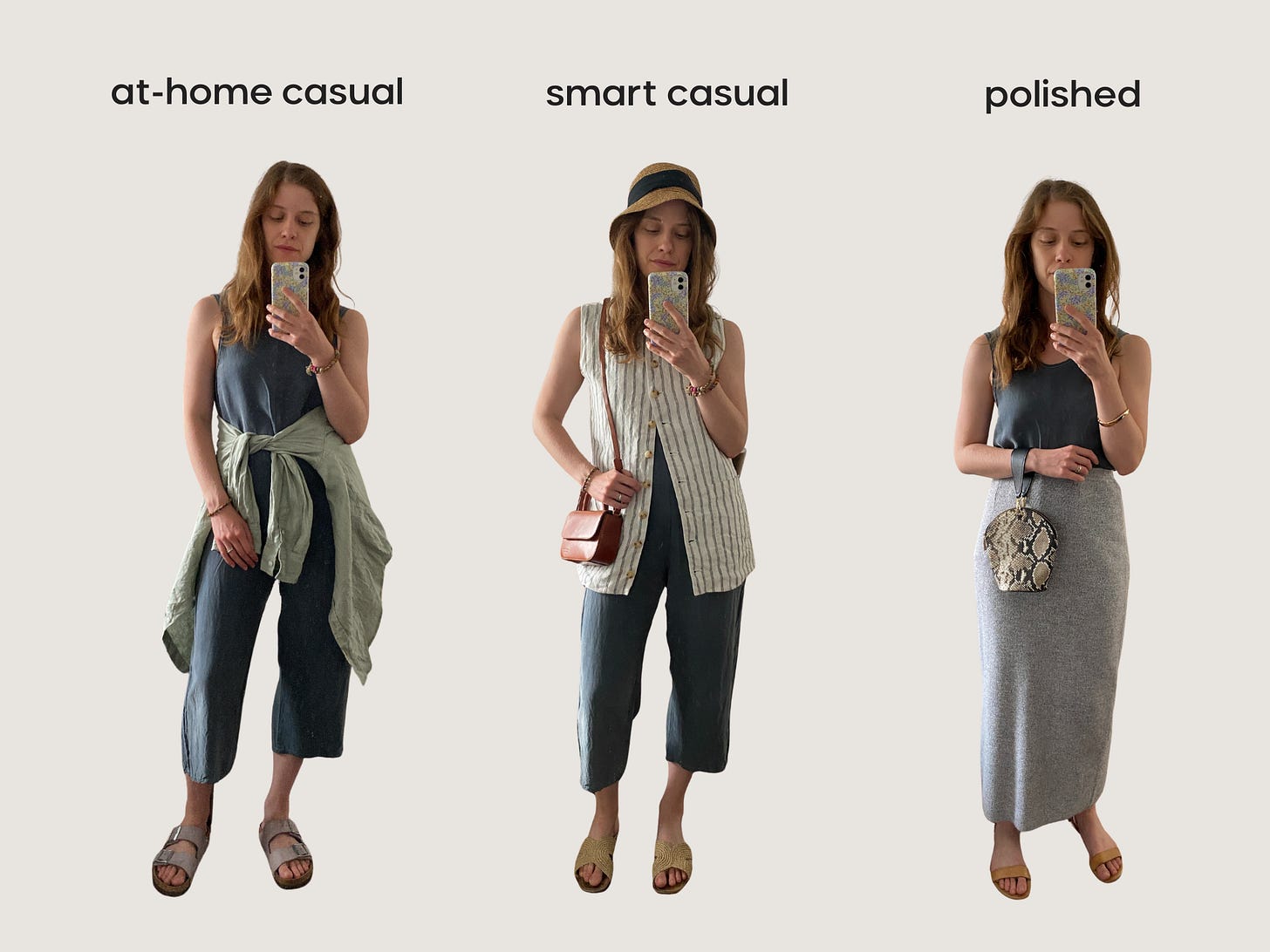We’ve made a mess, and now it’s time to fix it.
These are the unspoken mandates of Everglades conservation organizations working to restore healthy freshwater flow through the Sunshine State.
Water is life for planet and people. Therefore, when its flow is interrupted or cut off, there are dire consequences.
History of Water Flow

In Florida, freshwater from Lake Okeechobee in the middle of the state naturally flowed south through the Everglades and into Florida Bay and the present-day Florida Keys. In doing so, it nourished entire ecosystems.
According to the South Florida Water Management District (SFWMD), farms and communities developed around the lake in the late 1800s and early 1900s. Catastrophic hurricanes in 1926 and 1928 caused millions in damage and deaths by flooding, prompting the government to step in to control the water.
The Army Corps of Engineers built a series of canals to severely restrict how much water flows through the state. Instead of coming south through the Everglades, most is now discharged east and west, through concrete sloughs dredged for this specific purpose.
The result has been catastrophic for this ecosystem that evolved around the flow of water. One of the most invisible harms is hypersalinity.
Hypersalinity Is Getting Worse
“In general, hypersalinity refers to the salinity in a coastal water body,” explained Steve Davis, the chief science officer at The Everglades Foundation. “Ocean salinity is roughly 35 parts per thousand (ppt). If you’ve ever swam in the ocean and tasted it, you know what that is. When salt content gets higher than that of the ocean, we call it hypersalinity.”
Florida Bay is a body of water that sits south of Everglades National Park, thereby receiving any freshwater flows through that ecosystem. It’s flanked by saltwater from the Gulf of Mexico and the Atlantic Ocean. As such, it’s naturally a brackish environment.

A Florida Bay drone shot in 2022 shows the difference between algae blooms and clear water. The Everglades Foundation
Unfortunately, because of the restricted water flows through the state, Florida Bay currently receives less than half of its historical freshwater flows. “It’s all driven by water balance, and we changed the plumbing,” Davis explained. “It’s a wetland. If you deprive a wetland of water, especially freshwater, it’s going to have implications on the habitat and the ecology of the system in general.”
Basically, because of our water controls at Lake Okeechobee, Florida Bay, an 849 square mile area is becoming hypersaline more often and more intensely than ever before. Freshwater, like the water in Lake Okeechobee, has a salinity of zero. Ocean water typically has a salinity index of 35 ppt and historically, a healthy brackish Florida Bay might have had an index of 40. Florida Bay’s waters get trapped and evaporate in the shallow estuary, leaving salt behind. This is how the salinity of the bay begins to increase. Additionally, since rainfall helps to bring the salinity down, drought years exacerbate the effects. And, without freshwater coming down through the Everglades, there’s nothing to flush the system.

Steve Davis takes stock of the massive seagrass dieoff of 2017 following a hypersalinity event. The Everglades Foundation
Now, add in our disruptions to the natural flow of water from Lake Okeechobee, exacerbated by droughts and climate change. All this has caused Florida Bay’s salinity to reach up to 70 to 80 ppt – more than double that of the ocean, Davis lamented. In fact, we’re now at the point where average rainfall still results in salinity higher than the ocean, he said.
“This is devastating to the ecology and fisheries of Florida Bay,” Davis said. Effects he’s witnessed have been massive seagrass die offs and intense blooms of toxic algae. “It’s the downward spiral of the entire ecosystem. It goes from clear water to something that looks like pea soup.”

Green algae discharges from Lake Okeechobee show an ecosystem in decline. The Everglades Foundation
Heat Is a Double Whammy
That’s not all. Florida’s summers are notoriously, record-breakingly hot. In summer 2023, the heat disrupted the entire marine ecosystem and killed swaths of Florida’s already fragile coral reef.
“The combo of heat and hypersalinity is what is most devastating to the bay,” Davis said. “Hot, salty water doesn’t hold much oxygen, and oxygen is essential to the health of the bay and to large fish species that are highly coveted by anglers.”
Luckily, good rainfall and more freshwater flow through the current Everglades restoration of the Tamiami Trail prevented a hypersalinity event during the heatwave. But what happens during a drought?
Restoration and Combating Climate Change
“What Everglades restoration does is to push back against all that and keep those areas functioning as brackish areas, rather than hypersaline areas,” Davis explained.
The Everglades Foundation was formed to “replumb South Florida” and get water from Lake Okeechobee flowing south again, Davis said. A comprehensive Everglades restoration plan passed in the year 2000, and the Foundation’s role ever since has been to implement it. This involves constructing major infrastructure projects to free the flow.
The key project is an Everglades agricultural reservoir to be built south of Lake Okeechobee. “That’s the one that really does heavy lifting to get water south,” Davis said.
The above-ground reservoir full of freshwater would act as “drought insurance for the ecosystem” much like a rain barrel. During drier times, water could be used to water plants and agricultural lands and be sent south through the Everglades to Florida Bay.
By design, it will be a polluted reservoir because it’s taking in Lake Okeechobee’s “toxic slime” water and agricultural runoff from nearby sugar fields. Wetlands for treatment will surround the reservoir to help get that water clean before it’s used or sent south. These are engineered, highly managed wetlands, Davis explained. “If you stand in the middle of one, you’d think it was the Everglades. But it’s managed through soils, vegetation and how water flows through them to maximize the removal of pollutants – and especially phosphorus, which is our primary pollutant.”
As an important byproduct, the treatment wetlands will also sequester large amounts of phosphorus and carbon, helping to combat the climate crisis.

A comparison of historical, current and restored freshwater flow through Florida. The Everglades Foundation
Threats to Drinking Water
“It’s our water supply also,” Davis said. “We can’t forget that. Fundamentally, healthy Everglades are also responsible for providing our clean, daily freshwater supply.”
He’s talking about saltwater intrusion, a phenomenon already happening in South Florida. Sea level rise causes water to intrude deeper inland through the state’s limestone foundations. With no freshwater coming down the state to refresh underground aquifers, there’s no pressure asserted to keep these waters at bay. Saltwater is already penetrating into the Everglades and the Biscayne Aquifer, the state’s main drinking water supply.
Therefore, increasing freshwater flow would help to irrigate the entirety of South Florida, ensure that Florida Bay and nearshore habitats in the Florida Keys don’t become too saline, and protect the water supply. That’s a triple win.
Restoration Is a Good Investment

At Crocodile Point, healthy seagrass is visible through clear water in 2022. The Everglades Foundation
The Army Corps of Engineers broke ground on the reservoir project in 2023. It’s projected to be a multibillion-dollar project, but the economic benefits will measure well beyond that, experts believe. “We commissioned a study in 2010 that showed, conservatively, that Everglades Restoration delivers a 4-to-1 return on investment,” Davis said. “That’s enormous!”
Just how much money is that? About $20 billion worth, experts believe, if we follow today’s Everglades restoration plan.
Opposition and Stakes

The main opponent of the reservoir is Big Sugar. Three industrial sugar giants filed a lawsuit to stop construction because “they think that water belongs to them,” Davis said. All their claims were denied, and they each appealed. The case remains before the Court of Appeals.
According to Kelly Cox, Audubon Florida’s director of Everglades policy, “If Sugar wins their appeal on this, they will hold hostage significant volumes of water that should be sent south to Florida Bay. They don’t even use all the water they are already allocated, and they’re asking for more!”
“Everglades restoration is one of our biggest opportunities to build resiliency in South Florida,” Cox said. “With increasing climate threats to our communities, economy, health, and environment, restoration helps us sequester carbon, safeguards drinking water supplies, reduces storm impacts, and supports industries that rely on a healthy and thriving River of Grass.”
The post Restoring Florida Everglades Depends Upon Fixing State’s Freshwater Flow, Conservationists Say appeared first on EcoWatch.
https://www.ecowatch.com/florida-everglades-restoration-freshwater-conservation.html
Green Living
You’re multi-dimensional. So is your style.
Personal style is a dance between dualities: fashion as art and fashion as function; clothing as self-expression and clothing for our circumstances.
Style is a medium for communication and self-expression, yes. But it’s also shaped by the environments and requirements around us, from workplace dress codes to city cultures, climates, and specific occassions.
In last Saturday’s workshop, where we talked about how to remix what you already have in your closet, attendees shared a common challenge:
How do you balance your personal style expression while dressing for the various situations and environments we operate in?
“I’ve found above all else my style is highly influenced by my environment (my job, my city etc.)—sometimes it becomes about ‘fitting in’ and losing individuality”
“I find I’m too led by my day-to-day lifestyle. I WFH and so often I just don’t get dressed at all.”
“There are too many applications: workout, work, at home, formal occasion.”
Style as Identity vs. Style as Communication
It’s no wonder style and getting dressed can feel so confusing.
In the personal style world, we learn to dress for who we are on the inside. And then we see the style rules in fashion media: here’s how to dress for this season, this dress code, this city.
And in our real lives, we have real dress codes we might have to follow, whether for a workplace or a wedding.
But what if all those sides conflict?
- If my style words are “casual” or “sporty” but I’m in a workplace 40+ hours a week that requires business formal, where does that leave my personal style?
- If I love vibrant and artsy looks, but I live in a city full of neutrals, what do I wear?
It’s no surprise it feels… complicated.
Here’s my take.
We’re Not One-Dimensional — Neither is Our Style
Sometimes I want to disconnect and live in cottage in the mountains, surrounded by more trees than people. Other days I dream of having an apartment in the center of Paris where I see more people in a day than live in my hometown.
I’m light, joyful, maybe even quirky with friends. I’m ambitious, intentional, perhaps more serious in work. There are times I feel it’s best to soften and let it go; other times it feels most aligned to be unapologetically outspoken.
We are human. We’re social creatures. We’re complex and full of contradictions.
Social media has trained us to fit people into neat boxes because “niche” is what performs in the algorithm.
In real life, though, our “authentic” selves aren’t so one-dimensional.
I’m not speaking to new networking contacts the same exact way I talk to my best friend I’ve known for years. That doesn’t mean I’m pretending to be someone else. It just means I’m showing up a bit differently depending on the context.
Similarly, our personal style doesn’t have to be expressed in one singular way.
That’s what’s beautiful about fashion! We have the opportunity to express ourselves a bit differently each and every time we get dressed.
What we wear might ebb and flow with a situation, the season, or our mood. There are common threads, but differentiators too.
Three distinctly different looks can all be authentic.
For me, personal style isn’t about being setting such rigid parameters that we can no longer embrace our multi-dimensional nature.
And there’s undoubtedly the layers of privilege at work here too. Is it safe to dress in alignment with your true identity in that particular situation? Will you be taken seriously? Could there be repercussions?
There’s a lot to untangle when it comes to what we wear.
Making Our Multi-Dimensional Style Practical
As I shared in last week’s workshops, style is many layers. The four I see it through are the vibe, the shapes, the colors & textures, and our lifestyle & values.

The aesthetic reflects your vibe, mood or style adjectives.
- For example, my vibe or adjectives are feminine, structured, grounded.
The shapes are the fits, silhouettes, and proportions you love.
- I often wear outfits with a straight silhouette or tailored fit balanced with a relaxed, flowy, or drapey element.
Colors & textures include your preferred palettes, fabrics, and the way materials feel.
- I prefer wearing natural fibers when possible. I like gold jewelry, and I feel more aligned in lower contrast looks. Lighter colors for day. Sometimes darker for evening or certain events.
The lifestyle & values element is the consideration of your actual day-to-day. What situations and environments are you dressing for? What is important to you?
- I work from home so comfort is key most of the time. I value slow fashion practices — rewearing, repairing, and supporting circular practices and sustainably-minded brands.
Once you understand these layers of your style, the next step is figuring out how to apply them in real-life situations.
Applying Your Style to the Situation
In last week’s workshops, I talked about the role of outfit templates here for various situations. What is the foundational blueprint of what you might wear to your office, working from home, in a school setting, at home, running errands, and so on?
There are opportunities to bring in the layers of your personal style in these various situations, but it does require some intentionally on the outset. Otherwise, it’s easy to fall into our old patterns or copy what others around us wear. (Even subconsciously, as fashion psychologist Shakaila Forbes-Bell has shared!)

Here’s one of my work-from-home outfit templates that balances style and situational needs:
- Blouse with feminine detail: I start with the top for Zoom calls!
- Straight-leg bottoms: this could be jeans, colorful pants, or a column skirt
- Slim shoes: the general “slim” descriptor makes it versatile across seasons
- Structured bag: an option to add polish when coworking at a café
By thinking in these various layers (vibe, shapes, colors & textures, and lifestyle & values) you can build outfits that feel authentic to you while fitting the constraints of the external situation.
What About One-Off Unique Situations?
Like this Wednesday evening, I spoke on a “Sustainable Fashion in Action” panel with Chicago Climate Connect during Sustainable Fashion Week Chicago. But the panel was also taking place at the Patagonia x Worn Wear store.
So the vibe was professional meets fashion, but also kinda casual?! And we are still in the Midwest here. I have to say, this one wasn’t easy.
But here’s the step-by-step thought process that helped me balance my style, function, and a unique-to-me context.

- I picked a foundational piece: My navy wide-leg trousers were business casual without being too formal and were practical for train travel.
- And functional accessories:My old Coach bag fits everything and my chunky Veja sneakers matched the vibe I was going for so those were the picks.
- Then a piece that brought it all together:At this point I was mixing high-contrast colors (white with navy & black) and different vibes (trousers vs. sneakers). I felt like I needed a bridge for the outfit, and this navy-striped vest tied it all together.
- Finally, some final touches: Gold jewelry made the look feel more “me”, while this cap from Abbie at The Filtery made it all feel effortless.
In the end, this outfit took a lot longer to create than a typical look.
It took longer to create than my usual outfits, but it felt just right. The combination was practical, suited my style, fit the vibe of the panel, and aligned with the weather.

This panel outfit reminded me that style is what we wear to express ourselves, but it’s also a tool to help us navigate our lives. By thinking through these layers of personal style (vibe, shapes, colors, textures, and lifestyle needs) we can balance showing up authentically while honoring the nuances or navigating the constraints of a situation.
For me, that’s the real power of personal style.
One single outfit can’t tell the whole story of who we are. But personal style can be flexible, functional, and expressive of the many sides of our multi-dimensional nature.
So lately, more than asking “does this outfit perfectly express my full self?” I’ve been finding myself asking:
“Does this outfit help me show up in the way I want to? Does it say what I want it to say in this particular moment?“
The post You’re multi-dimensional. So is your style. appeared first on .
Green Living
What Is a Third Place and Why Do They Matter?
Last Updated on October 2, 2025
It’s no secret my greatest love is theatre. From the time I was three years old, I knew I wanted to be an actor.
In an effort to make new friends after moving to Maine, I auditioned for a local production of Shrek. (One of my least favorite shows, but full of some of my soon-to-be favorite people). And you know what it taught me? Third places (theatre being one of them) matter.

Thanks to theatre, I fell into a gorgeous community, and these days, I volunteer in (almost) every corner (painting sets, assisting with costumes, and of course performing!). Here’s everything you need to know about what a third place is and why we need more of them.
what is a third place?
A third place is a public spot you can meet and connect with others through a shared interest or skill (like theatres!).
Third places are fantastic for socializing, exchanging ideas, and building community. Basically, a safe space to be yourself and find like-minded people.
Many third places are also entirely free, or low-cost. This is incredibly important because almost everywhere you go nowadays requires payment just to get in or participate. This creates an air of exclusivity and can keep lower income communities away.
But several third place areas are entirely free (like libraries and parks), or accessible due to their affordable pricing.
And beyond being good for our wallets, third places are equally good for our health. That’s because humans are social creatures that enjoy being around other people.
At third places like cafes, you can interact with strangers from various backgrounds and incomes in a positive, safe environment. Because everyone, from all walks of life, are welcome there.

why are third places disappearing?
Third places aren’t necessarily disappearing, but they were impacted by the pandemic when being around groups of people became hazardous.
Specifically, third places like coffee shops, bars, and gyms were hit hardest. However, the opposite was true for parks – everyone became aware just how important our outdoor spaces are.
That said, many third places never fully recovered from the pandemic when certain businesses realized they could function 100% remote. For example, if no one is arriving in person to a business office, a nearby cafe might suffer from less foot traffic. And rising rents don’t help matters.
Last but not least, certain people may find it difficult to locate a third place near them if they live in a rural setting. Third places tend to be easier to locate in cities.
However, third places can also be found through online communities (more on that later). The irony is the internet has also led to the decline of physical third places.
I think it’s important to have both so there’s a balance. Online communities are amazing, but there’s something about meeting people in person that hits different.

how is a third place different from a hangout?
A third place is different from a hangout in the sense you go there to socialize without any specific goal in mind. Or sometimes, you don’t socialize at all – but simply want to be around other like-minded people.
Whereas a hangout is more planned, a third places doesn’t demand any kind of itinerary or interaction if you don’t want to. Sometimes just hearing neighboring gossip or interacting with a barista is enough.
For example, if you go to a gym, you could chat up the person using the machine next to you. Or, you could simply enjoy the presence of others. There’s no right or wrong.
But with a hangout, you go with the intention of socializing and getting to know someone (or multiple someones).
how is a third place different from a club?
A third place is different from a club in the sense that clubs tend to be more exclusive, whereas third places are for everyone.
Typically, third places don’t have memberships (unless they’re gyms). There’s no barrier between you and that place. Everyone is welcome.
For example, if you’re trying to get into a ‘Homeowners Club’ the one requirement would be to be a homeowner. Which many Americans cannot afford, especially considering the cost of living is going up.
There’s no obligation to be at a third place. Nor are there any specific dress codes or strict requirements. Anyone from any class, culture and gender can participate without pulling rank.

why do third places matter?
Third places matter because they offer people another place to relax, unwind, and connect outside of their homes. Without spending aberrant amounts of money.
Third places encourage social connection without any pressure to perform. We choose how much we engage, if at all. And sometimes just being around other people is enough.
During the pandemic when only essential personnel were leaving the house, it was a stark reminder of how important these spaces are. Without human connection, mental health suffers.
On top of this, third places can be wonderful, neutral areas to do work and start projects. Think of your local cafe, bursting with people doodling in sketchbooks, writing in notepads and typing on laptops.
People flock to these locations not just for free WiFi – but to experience a change of scenery. Make light hearted conversation. Savor a cup of coffee made by someone else. Whatever the reason, there’s a clear need for them.

what are examples of third places?
There are several examples of third places, including:
- Libraries
- Parks, playgrounds and dog parks
- Cafes
- Theatres
- Bars and lounges
- State parks and nature reserves
- Gyms and yoga studios
- Recreation or community centers
- Community beautification group
- Community gardens
- Privately owned public spaces (like a plaza)
These are just a few I could think of off the top of my head, but I’m sure there are plenty more third places.
Also, be mindful of online third places as well! For those who don’t have access to any of the above, you may be able to find solace with online communities like Reddit groups, digital book clubs, Instagram group chats, and WhatsApp community groups.
That being said, there’s a charm to visiting a third place in person. So if you’re able, and have access to one, definitely take full advantage!
So, will you be visiting a third place? Let me know in the comments!
The post What Is a Third Place and Why Do They Matter? appeared first on Going Zero Waste.
Green Living
How to Create Outfits That Fit Your Style and Your Life
Style should work with your life, not against it. So often when we talk about fashion and style, we focus on the aesthetics alone. The shapes, the colors, the designs we like.
But we aren’t mannequins in a showroom or models in a photoshoot — we have to actually wear the clothes in our actual lives.
The feel of the fabric, the flexibility of the fit, and the wearability of those silhouettes matters too.
One of the most common challenges I hear from the community is that their current style or closet is misaligned with their day-to-day lives.
“I feel like I know what I like but I have a hard time balancing that with my actual life.”
“I love structured outfits but I work from home and find the sensory feel of stiff clothing feels off/wrong somehow, so I always change back into sweats.”
“I struggle with keeping cute outfits for ‘occassions’ instead of getting cute for just regular life.”
Integrating Practicality and Expression
I’ve talked about the duality of fashion as art and fashion as function before, but I wanted to make it more applicable.
How can we actually balance those two sides of fashion (art and function) to create outfits that not only work for who we are, but what we do day to day?
I used to think “fashion as art” equaled dressing up with a gown and heels while “fashion as function” meant sweatpants and sneakers.
But it’s not so binary — there’s a beautiful spectrum in between. And that’s probably the space most of us are dressing in, most of the time.
Here’s what I’ve learned from integrating my style with practicality for my work-from-home or work-from-café attire.
Consider the Fabric:
The wrong fabric can quickly make an outfit impractical. If it’s itchy or isn’t breathable, you’re not going to last very long in it if you don’t have to. Alternatively…
- A breathable cotton dress can often be even more comfortable to me than sweats in the heat. It’s easy, keeps you cool, but isn’t fussy.
- A linen button-down or crisp cotton blouse feels much more put-together than a t-shirt but can offer a similar level of comfort.
- Some fabrics have more give than others. Generally knits are more forgiving than woven fabrics (if that woven fabric isn’t blended with elastane). When a brand advertises “stretch fabric” it usually mean synthetics, but a quality wool knit should also be able to stretch and spring back pretty well.

Ensure a Good Fit:
Sometimes it’s not the formality of the piece that’s the problem, but the wrong fit.
- Are the shoulders too narrow, restricting your movement?
- Is the fabric stretching or puckering at the bust?
- Are the sleeves allowing for bending without feeling tight?
- Can you sit in those pants without them pulling or the crotch cutting in?
Also the waist is a big one! For me, a trouser with a stretchy waist is almost as comfortable as a pair of sweats (I said almost!) but elevates the outfit 10x.
Remix the Garment Ingredients:
The biggest lesson I’ve learned is to get more comfortable remixing the “ingredients” of my wardrobe in new ways.
A lace trouser doesn’t have to go with an elegant blouse! It can, if I want it to feel polished, but I could also pair those trousers with a tee and a denim jacket for a more smart casual look.
I could even wear the trousers with sneakers and pull my hair back for a fully casual option.

I also have a silky cupro jumpsuit that I used to only wore with heels. But I challenged myself to try three new styles with it that were more practical for my everyday.
- I wore it with a linen button-down wrapped around my waist and birkenstocks for casual day around the house.
- I paired it with a cotton vest for a day-running-errands look.
- And then I put a column skirt over the jumpsuit for an option that was elevated but not as “fancy” as it felt with a pair of heels.

The point is there are probably far more options to adjust the clothes in your closet to your current life than you think.
That’s exactly what my framework for remixing your closet is all about.
Finding new ways to wear old clothes so you can create outfits that meet what your present self needs. Not still wear your wardrobe like that version of you five years ago.
If you’re ready to go even deeper, you can join my 6-week live course, Love Your Closet Again! This is where you can start creating outfits that align with your style *and* life, using the clothes you already have. And if you do buy, you’ll know how to identify outfit multipliers — instead of just adding more stuff.
In the course, you’ll get step-by-step support plus opportunities for personalized feedback. Learn more here. 
The post How to Create Outfits That Fit Your Style and Your Life appeared first on .
-
Climate Change2 years ago
Spanish-language misinformation on renewable energy spreads online, report shows
-
Climate Change Videos2 years ago
The toxic gas flares fuelling Nigeria’s climate change – BBC News
-
Climate Change2 months ago
Guest post: Why China is still building new coal – and when it might stop
-

 Greenhouse Gases1 year ago
Greenhouse Gases1 year ago嘉宾来稿:满足中国增长的用电需求 光伏加储能“比新建煤电更实惠”
-

 Climate Change1 year ago
Climate Change1 year ago嘉宾来稿:满足中国增长的用电需求 光伏加储能“比新建煤电更实惠”
-
Greenhouse Gases2 months ago
Guest post: Why China is still building new coal – and when it might stop
-

 Carbon Footprint1 year ago
Carbon Footprint1 year agoUS SEC’s Climate Disclosure Rules Spur Renewed Interest in Carbon Credits
-
Renewable Energy3 months ago
US Grid Strain, Possible Allete Sale




